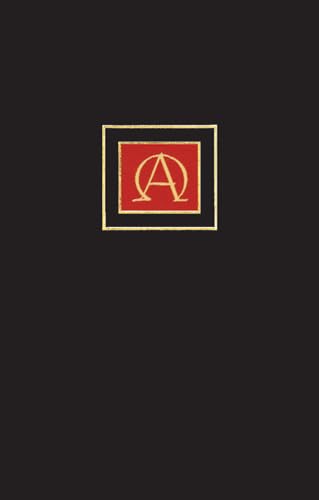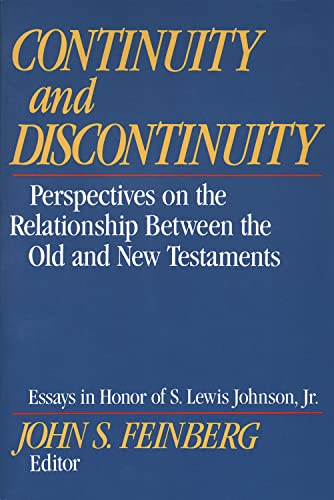The History of the Qumran Community: An Investigation
Written by Phillip R. Callaway Reviewed By F. F. BruceOver the years a consensus has developed on the history of the Qumran community, as attested by the evidence of the Dead Sea Scrolls. This consensus follows the lines laid down in the 1950s by Geza Vermes, who saw in the community’s rise and withdrawal to the wilderness a protest against Jonathan’s assumption of the Jewish high priesthood in 152 bc. It is a soundly based consensus: the reviewer adheres to it and so, perhaps, does the author of this monograph; but it rests on one out of several conflicting interpretations of the evidence, and should not be regarded as an ‘assured result’, taught by the documents themselves. To regard it as such may lead to the unfair treatment of scholars (like Dr Barbara Thiering of Sydney) whose reading of the same evidence leads to conclusions quite at odds with the consensus.
Dr Callaway sets himself the task of presenting the firm evidence on which any attempt to reconstruct the history of the community must be based—the archaeology, the palaeography, ancient accounts of the Essenes, the relevant contents of the Zadokite work (or Damascus document), the pesharim, the testimoniaand the hodayot (hymns of thanksgiving).
The archaeology of the community buildings (Khirbet Qumran) and the palaeography of the documents should provide reasonably objective evidence, although even there it is sometimes suggested that archaeologists and palaeographers, being but human, may reach conclusions which are influenced by unconscious presuppositions. Is it not a mere assumption that Khirbet Qumran had anything to do with the manuscripts in the neighbouring caves? The master-archaeologist himself, Roland de Vaux, did not originally think that it had anything to do with them or with the community whose existence they attested; it was the evidence unearthed by his excavations on the site that made him change his mind. The correlation of that evidence with the contents of the manuscripts and with our general knowledge of the history of Judaea in the last 250 years of the Second Temple leads to conclusions which, while not incontrovertible, commend themselves to many as highly probable. The building complex brought to light does appear to have been occupied by a community during the two centuries preceding c. ad 70, with a possible interruption of occupation for some 30 years of Herod’s reign.
While the Qumran manuscripts themselves have substantially promoted the study of Hebrew palaeography, their absolute dating is helped by the evidence of dated documents from other sites, especially those from Murabba’at which belong to the time of the Bar-kokhba war (ad 132–5). We have long ago reached a stage at which it is futile to assign a date in the Jewish revolt of ad 66–73 to documents whose extant copies must be palaeographically dated at least a century earlier.
Contemporary accounts of the Essenes present marked discrepancies as well as points of resemblance with the facts about the Qumran community derived from the manuscripts. They should not be identified too hastily. The Qumran community may have been one Essene group (an atypical group at that); more than this cannot be safely said.
The most coherent account of the community’s inception is found in the preamble to the Zadokite work. Due regard must be had to the probable composite nature of this work, but its preamble clearly dates the rise of the community in the second century bc and places the emergence of the Teacher of Righteousness in the earliest period of the community’s existence. It affords no help, however, towards the identification of the Teacher with any known figure of Jewish history, and neither do the references to him in several pesharim. The ‘Man of Lies’, the Teacher’s religious rival in the Zadokite work and the pesharim, is also impossible to identify with any known person; as for the Wicked Priest, the Teacher’s active enemy in the pesharim, he may have been a non-Zadokite high priest of the second century bc. The ‘lion of wrath’ in the Nahum commentary is fairly certainly Alexander Jannaeus (103–76 bc); if so, the ‘seekers after smooth things’ who suffered at his hands would be the Pharisees, and the Antiochus and Demetrius mentioned in the same context can be identified with confidence. But the Nahum pesher does not mention the Teacher of Righteousness or the Wicked Priest. The theory that the Teacher of Righteousness is the speaker in the Hodayot is too speculative to allow these compositions to be used as a source for reconstructing his career, and the identification of the ‘accursed man’ in 4QTestimonia is not so certain as some scholars think.
Callaway deserves our thanks for reminding us so clearly of the frontiers between hard fact and intelligent speculation in the interpretation of the Scrolls; to bear in mind the distinction between the two will effectively promote their study.
We regret that in view of his recent death this will he our last review from Professor Bruce. We extend our sympathies to his family.
F. F. Bruce







